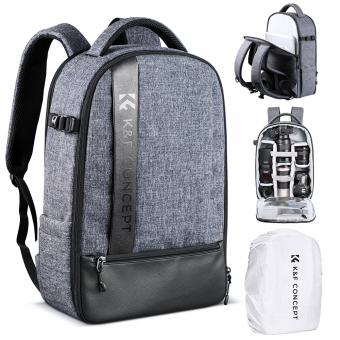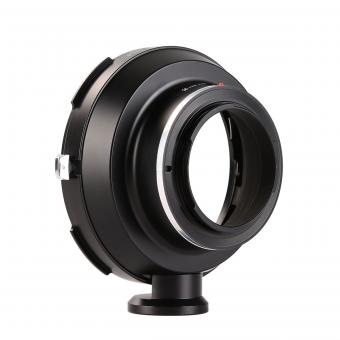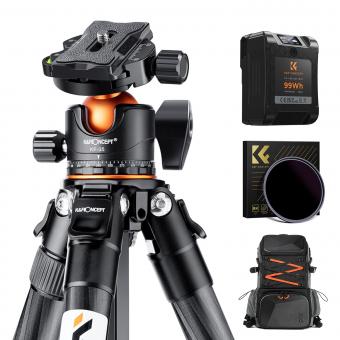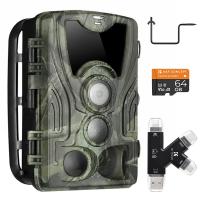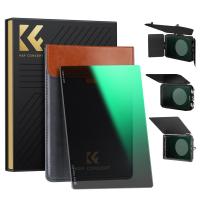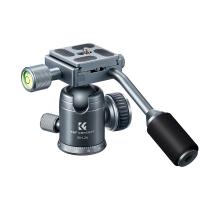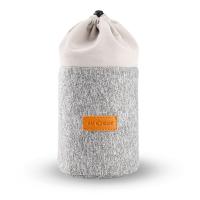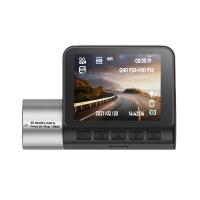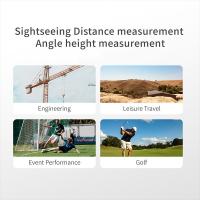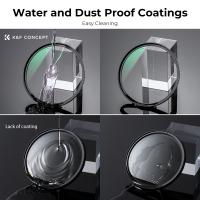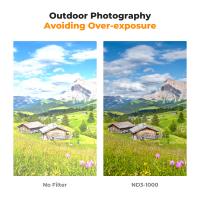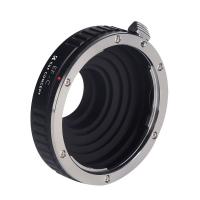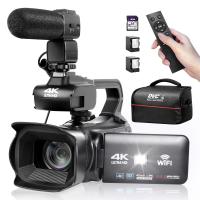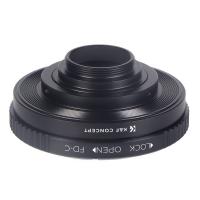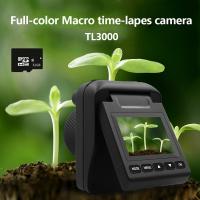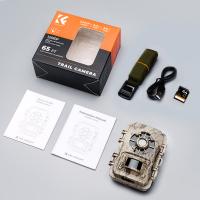Which Tripod To Buy For Dslr?
When it comes to buying a tripod for a DSLR camera, there are several factors to consider such as weight capacity, height, stability, and portability. Some popular options include the Manfrotto 190XPROB, the Vanguard Alta Pro 263AB, and the Gitzo GT1542T Series 1 Traveler. Ultimately, the best tripod for you will depend on your specific needs and budget. It's important to do your research and read reviews before making a purchase to ensure you get a tripod that will meet your requirements and last for years to come.
1、 Material: aluminum or carbon fiber
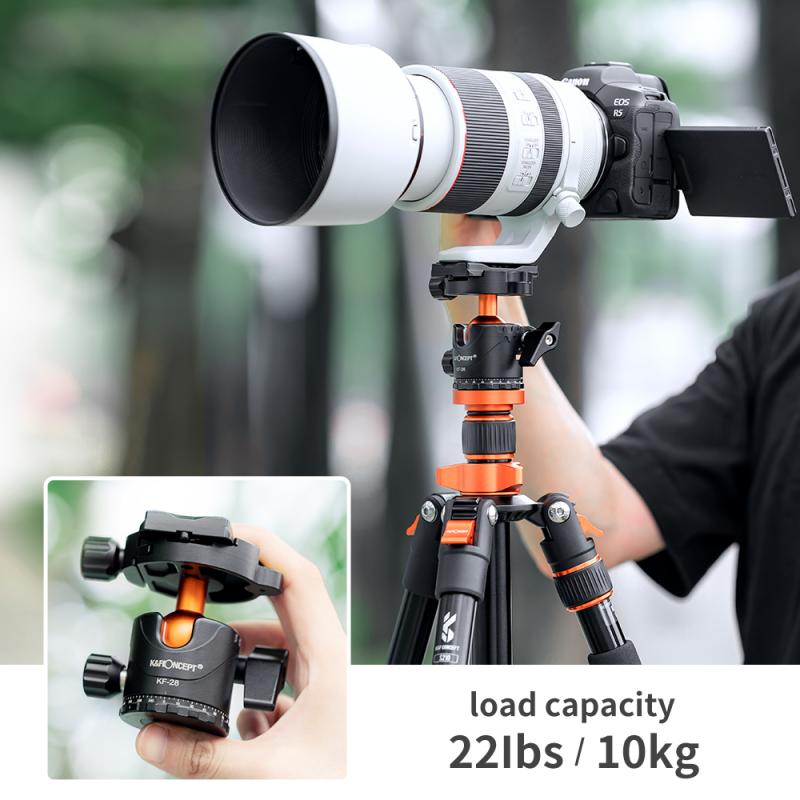
Which tripod to buy for DSLR is a common question among photographers. The answer depends on various factors such as budget, weight, and usage. However, one of the most important factors to consider is the material of the tripod.
Aluminum tripods are the most common and affordable option. They are sturdy, durable, and can handle heavy loads. They are also resistant to corrosion and can withstand harsh weather conditions. However, they are heavier than carbon fiber tripods, which can be a disadvantage for photographers who need to carry their equipment for long periods.
On the other hand, carbon fiber tripods are lightweight and more expensive than aluminum tripods. They are ideal for photographers who need to travel frequently and want to reduce the weight of their equipment. Carbon fiber tripods are also more stable than aluminum tripods, which can be beneficial when shooting in windy conditions.
In recent years, there has been a trend towards hybrid tripods that combine the benefits of both aluminum and carbon fiber. These tripods are made of a combination of materials, which makes them more affordable than pure carbon fiber tripods while still being lightweight and stable.
In conclusion, the choice between aluminum and carbon fiber tripods depends on the photographer's needs and budget. Aluminum tripods are a good option for those on a tight budget or who need a sturdy and durable tripod. Carbon fiber tripods are ideal for photographers who need a lightweight and stable tripod for frequent travel. Hybrid tripods are a good compromise between the two and offer a balance of affordability, weight, and stability.
2、 Load capacity: weight of camera and lens
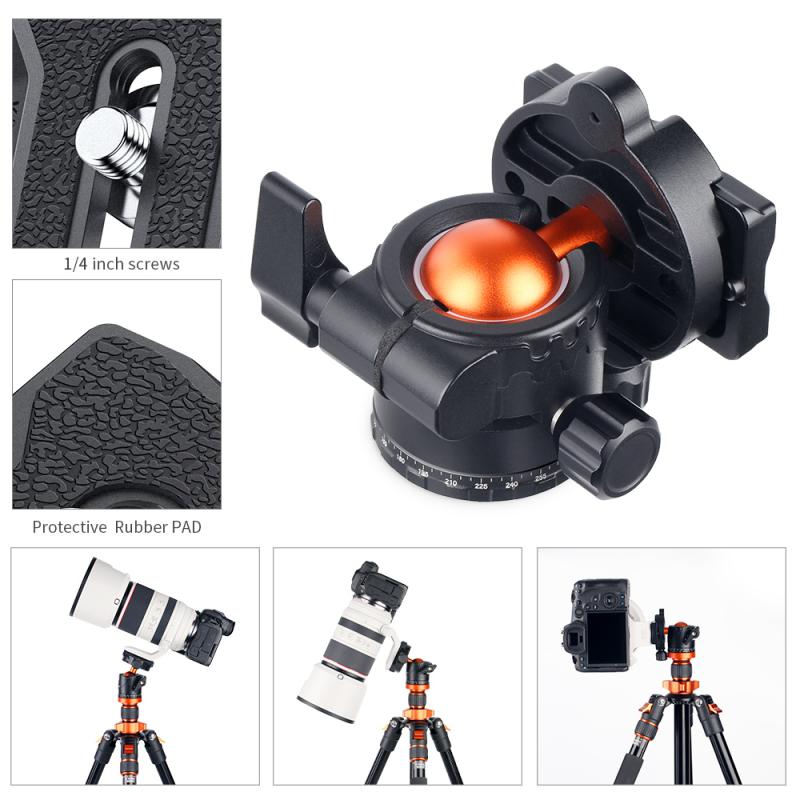
Load capacity: weight of camera and lens.
When it comes to buying a tripod for your DSLR, one of the most important factors to consider is the load capacity. This refers to the maximum weight that the tripod can support, which includes the weight of your camera and lens. It's important to choose a tripod with a load capacity that exceeds the weight of your gear to ensure stability and prevent any accidents.
For example, if you have a DSLR with a heavy lens, such as a telephoto lens, you'll need a tripod with a higher load capacity. On the other hand, if you have a lighter camera and lens, you can opt for a tripod with a lower load capacity.
It's also important to consider the type of photography you'll be doing. If you'll be shooting in windy conditions or on uneven terrain, you'll need a tripod with a higher load capacity and more stability.
In terms of the latest point of view, there are now many tripods on the market that offer innovative features such as lightweight materials, compact designs, and versatile mounting options. Some popular brands include Manfrotto, Gitzo, and Vanguard.
Ultimately, the best tripod for your DSLR will depend on your specific needs and budget. It's important to do your research and read reviews from other photographers to find a tripod that will provide the stability and support you need for your photography.
3、 Height: maximum and minimum
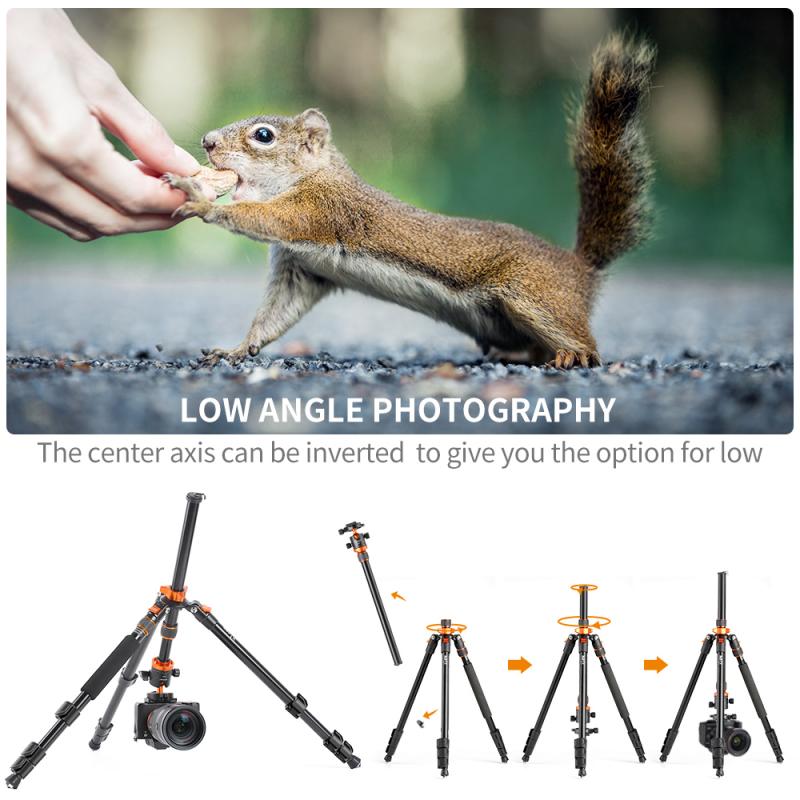
Which tripod to buy for DSLR depends on various factors such as budget, weight capacity, height, and stability. However, the most important factor is the weight capacity of the tripod. It should be able to support the weight of your DSLR and lens without any wobbling or shaking.
When it comes to height, the maximum and minimum height of the tripod is also an important consideration. The maximum height should be tall enough to allow you to shoot comfortably without having to bend down or strain your back. On the other hand, the minimum height should be low enough to allow you to shoot from a low angle or close to the ground.
Some popular tripods for DSLRs include the Manfrotto 190XPROB, the Vanguard Alta Pro 263AB, and the Gitzo GT1542T Series 1 Traveler. These tripods offer a good balance of weight capacity, stability, and height.
In terms of the latest point of view, there has been a trend towards more lightweight and compact tripods that are easy to carry around. This is especially important for travel photographers who need to pack light and move quickly. Carbon fiber tripods have become increasingly popular due to their lightweight and durable construction.
Ultimately, the best tripod for your DSLR will depend on your specific needs and preferences. It's important to do your research and read reviews before making a purchase to ensure that you get a tripod that meets your requirements and provides the stability and support you need for your photography.
4、 Head type: ball or pan-tilt
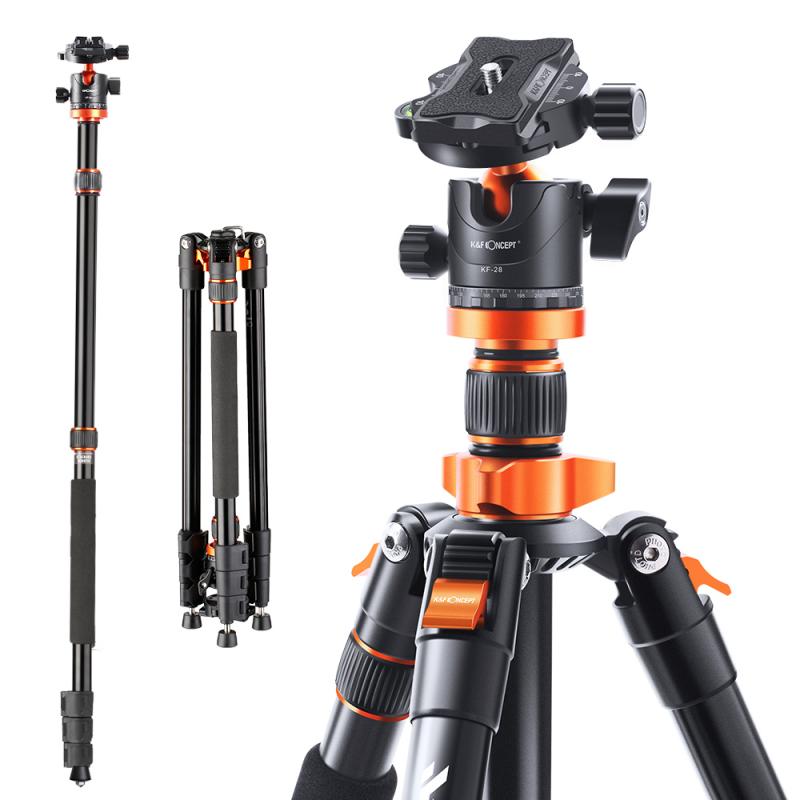
When it comes to choosing a tripod for your DSLR, one of the most important decisions you'll need to make is what type of head to go for. The two main options are ball heads and pan-tilt heads, and each has its own advantages and disadvantages.
Ball heads are generally considered to be more versatile and easier to use than pan-tilt heads. They allow you to quickly adjust the angle of your camera in any direction with just one knob, making it easy to get the shot you want. They're also generally lighter and more compact than pan-tilt heads, which can be a big advantage if you're traveling or hiking with your gear.
On the other hand, pan-tilt heads are often preferred by photographers who need more precise control over their camera's movements. They allow you to adjust the angle of your camera in small increments, which can be useful for things like landscape photography or architectural photography. They're also generally more stable than ball heads, which can be important if you're shooting in windy conditions or with a heavy lens.
Ultimately, the choice between a ball head and a pan-tilt head will depend on your personal preferences and the type of photography you're planning to do. If you're looking for a versatile and easy-to-use option, a ball head is probably the way to go. But if you need more precise control over your camera's movements, a pan-tilt head might be a better choice.


